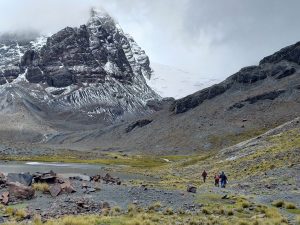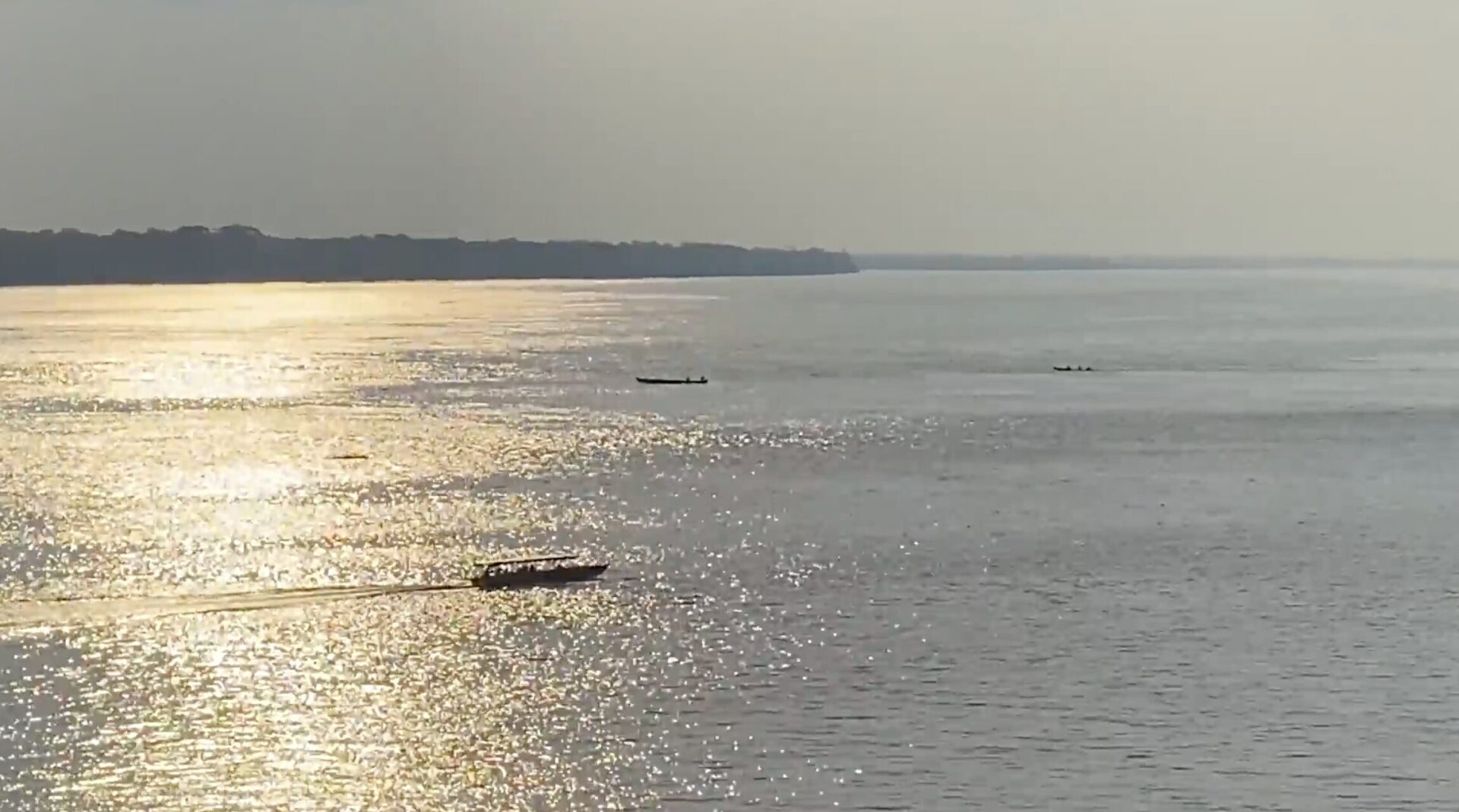Topics
Amazon Basin Project, Amazon Cooperation Treaty Organization (ACTO), Belém Declaration, Choqueyapu basin, Glacial waters, Glaciares Tropicales, Glacier Monitoring, Institute of Hydraulics & Hydrology, Irpavi basin, Orkojahuira basin, Paloma basin, Proyecto Cuenca Amazónica, Strategic Actions Program (SAP), Tropical Glaciers, Water Security in the face of Hydrometeorological Events
Share
The government of Bolivia, together with the Universidad Mayor de San Andrés and the Organization of the Amazon Cooperation Treaty (OTCA), is developing, within the framework of the Amazon Basin Project (OTCA/PNUMA/GEF), the intervention Water Security in the cities of La Paz and El Alto, through the efficient use of glacier water resources, aimed at providing water supply alternatives to Andean communities and the two urban centers dependent on tropical glaciers.
According to official figures, the loss of tropical glacier coverage has been between 37% and 42% in the last 30 years. This retreat is especially critical for the cities of La Paz and El Alto, which rely on glaciers to supply water for various uses. Their population of 2.6 million people, who will benefit from the intervention, suffers from a reduction in water supply for consumption and agricultural and livestock activities.
The intervention will also benefit the microbasins of the Amazon – Choqueyapu, Orkojahuira, Irpavi, and Palcoma – directly affected by glacier retreat with the decrease in water resources and the alteration of hydrological regimes, among other significant impacts, as the headwaters of many Amazonian rivers are located in the Andes. The importance attributed by the Andean-Amazonian countries to the water cycle of the rivers that originate in the Andean region and form the Amazon Basin was highlighted in the Belém Declaration of the Amazon Summit, held in August.
The project intervention activities are carried out by the Institute of Hydraulics and Hydrology (IHH) of the Universidad Mayor de San Andrés in coordination with the Ministry of Foreign Affairs of Bolivia and the Ministry of Environment and Water (MMAyA).



According to the national coordinator of the project, José Luis Montaño, a research professor at the IHH, proposals for the efficient use of glacier water resources will be included in the Water Resources Management Model to be presented in 2025 as a result of the intervention.
“Among the actions we have already proposed to improve water supply are structural measures such as reducing losses and leaks in the network, implementing Sustainable Urban Drainage Systems (SUDS) for urban water utilization, and constructing stormwater tanks and alternative uses. We also aim to propose a rainwater harvesting promotion program in households,” said Montaño.
Since the beginning of the project activities in October 2022, monitoring equipment has been acquired to provide meteorological, hydrometric, glacier melting, and water balance data, i.e., present and future water supply and demand.
The hydrometeorological and hydrometric data will be cleansed and processed in a database continuously fed by the monitoring system installed by the intervention. With it, a water management model of all intervened basins will be generated considering variability and climate change. The sensors to be placed at the outlets of the glacier basins will allow the development of a glacial hydrological model and the calculation of the mass balance of each glacier.
The scope, objectives, and next steps of the intervention were socialized with academics and representatives of governmental and non-governmental institutions and communities in the area at a kickoff workshop held in La Paz.
Related news
Post
24 de November de 2025
On October 23 and 24, 2025, the Third Meeting of the Ad Hoc Amazon Water Culture Group (GCA) was held [...]
Post
3 de November de 2025
The Amazon Cooperation Treaty Organization (ACTO) announces a call for specialized technical services to update the Atlas of Hydroclimatic Vulnerability [...]
Post
16 de September de 2025
The Amazon Basin Project has launched an educational video that will be used in community workshops to raise awareness about [...]




